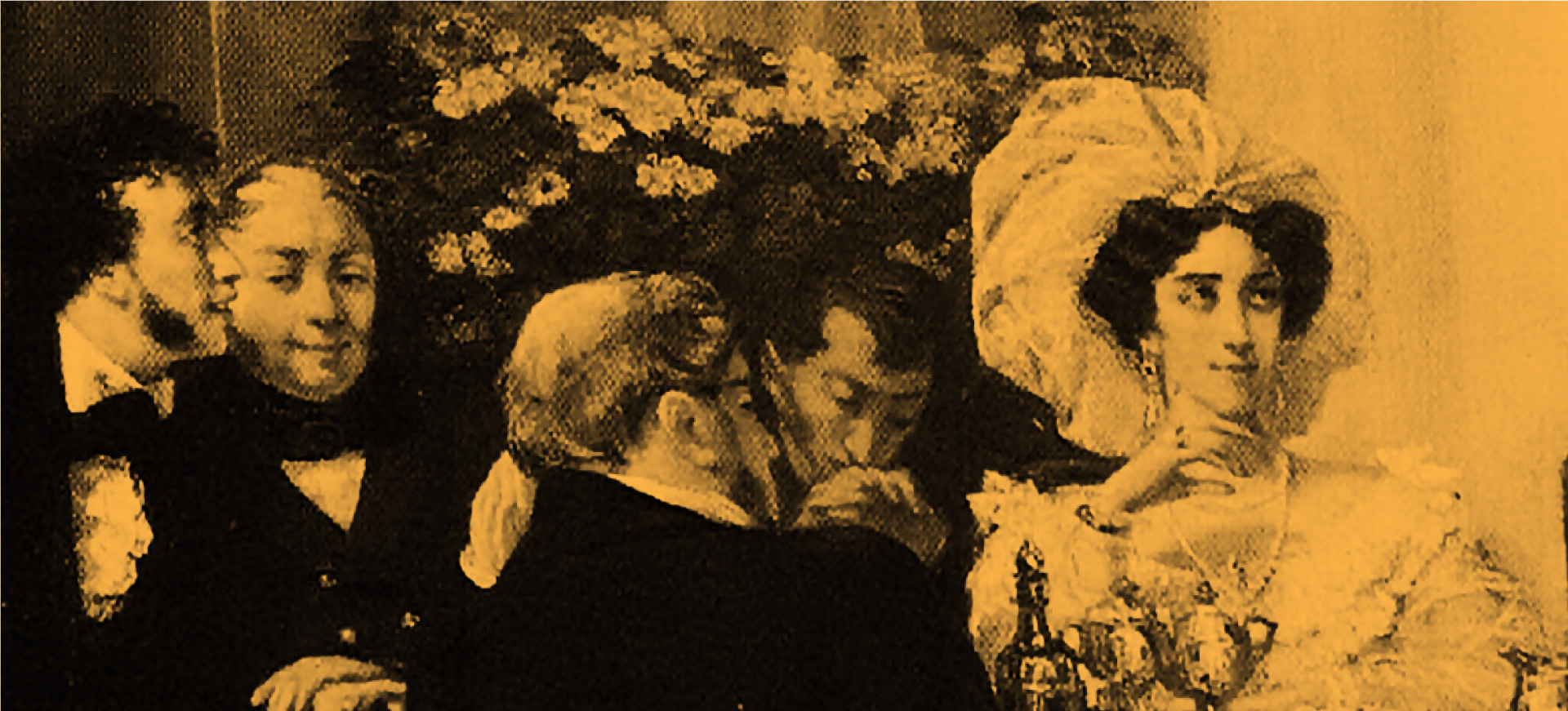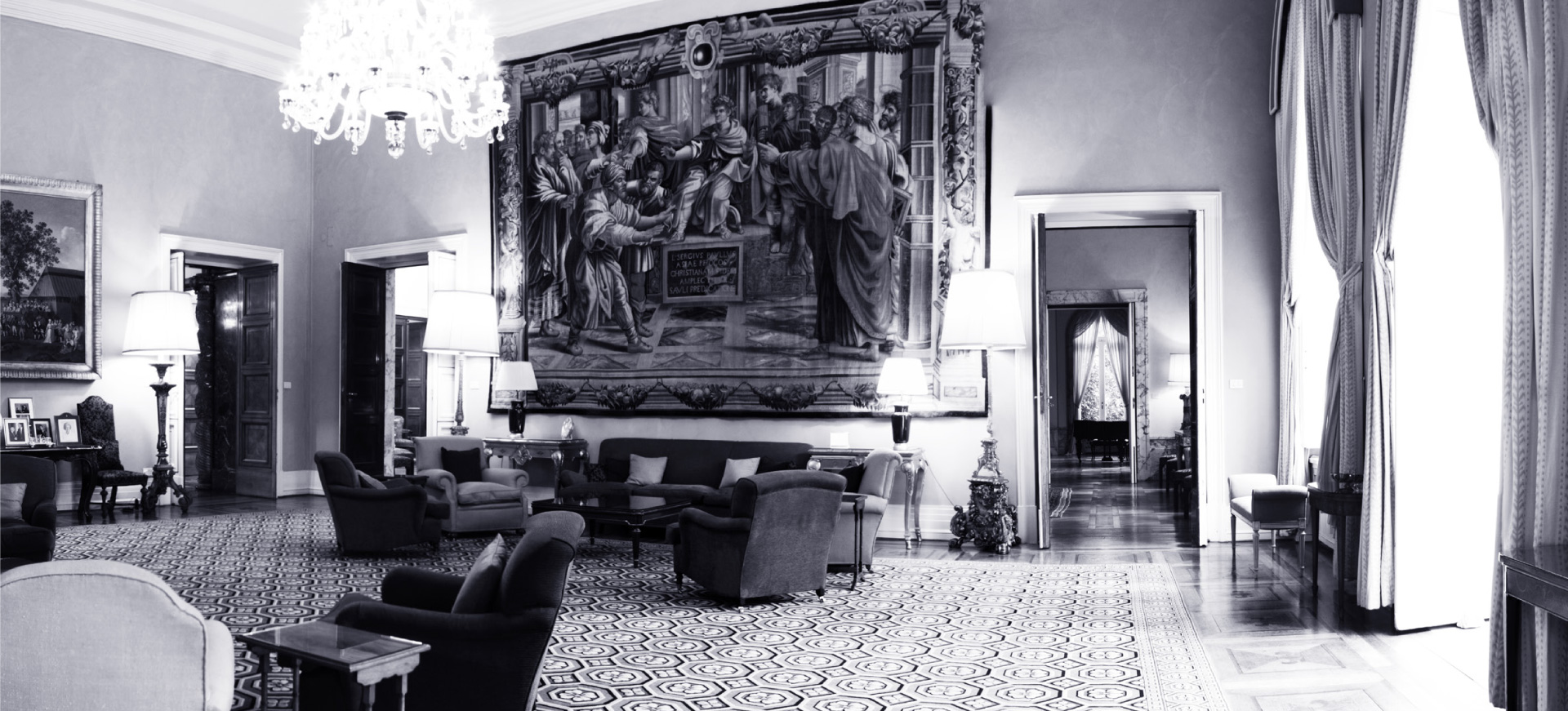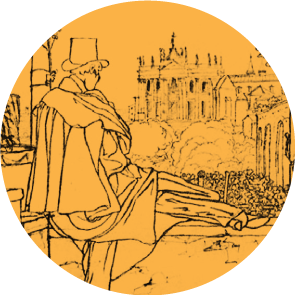«Representatives of the upper crust, dignitaries and beauties, youth and mature, intellectuals, professors, writers, journalists, poets, artists joined in the house of Volkonskaya. Everything in that house was imprinted with the service of art and thought».
P.A. Vyazemsky
Zinaida Volkonskaya was born on December 3 (14), 1789, in Dresden, in the family of Prince Alexander Mikhailovich Beloselsky-Belozersky, a noble aristocrat who was a Russia's ambassador at the Saxon court, and Varvara Yakovlevna Tatishcheva, who died when her daughter was only three years old. By 1792 her father had already been in the position of Russian ambassador at the court of the Sardinian kingdom in Turin. Prince Beloselsky-Belozersky had died in 1809, when his family returned to Russia. And Zinaida started a new stage of life: in 1810 she married a representative of a noble family, the master of the hunt (aide-de-camp) of Emperor Alexander I, Prince Nikita Grigorevich Volkonsky.
Zinaida's husband was to accompany the Emperor during his overseas campaigns after the events of 1812, and followed him to Dresden, Vienna, Paris and London, followed by his wife and son. And that's the time when Zinaida's and Alexander I's affair begins, the proof of which is their remained letters.
Zinaida had a beautiful contralto of high professional level, she painted beautifully, she wrote music herself and she can be called one of the first female composers of Russia, besides she was a poetess and was fond of prosaic genre. At that time being close to the Emperor only strengthened the popularity and publicity of the young singer, who began to perform at the stages of private and state theaters in Europe, including Paris, Rome and Verona.
In 1817 the princess and her sons returned from European wanderings to Russia in order to give them proper education. She enjoys a noisy social success, but she misses Italy that became almost native for her; in the fall of 1819 she leaves in Warsaw for several months, and in the spring of 1820 arrives in Rome, where she remains until 1822. Mingling in the highest quarters, she begins to gather a kind of "Russian circle" around herself, inviting visitor Russian writers, musicians and especially artists and sculptors to her place (artist OA Kiprensky, K.P. Bryullov, F.A. Bruni, S.F. Shchedrin, V.K. Sazonov, sculptor S.I. Galberg, architect K.A. Ton).
n 1826, Zinaida Volkonskaya met with Alexander Pushkin. Zinaida highly appreciated the poet's talent as a Russian genius, and Pushkin dedicated a poem to her. They'd never seen each other again. The world's first monument to Pushkin was erected precisely by Volkonskaya in the Alley of Memory of her Roman villa.
Many Italian artists visited theatrical performances and meetings in the house of Volkonskaya then, such evenings were actually pave the way for the famous Russian salons of Zinaida Volkonskaya, which on an ongoing basis began to be held from the end of the 1820s. Until now, it has not been found out exactly where the Volkonskaya gathered her friends in 1820-1822s, but it certainly did not happen in the Palazzo Poli – neither in the palace, which until 1830 was in ramshackle condition and which Volkonskaya occupied on a permanent basis basis only from the autumn of 1834 till 1845.
The contribution of the Princess in the field of promotion of arts was then appreciated in Rome by her admission to the famous Academy of Arcadia, which her father had been a member of. And Zinaida was admitted to the Academy under the pseudonym Karitya Chidonia.
In 1822 Zinaida Volkonskaya returns to St. Petersburg to take care of further education of her sons, and in the fall of 1824 she moved to Moscow, joining the period when the glory of her salon on Tverskaya Street, in a house that would later become known as the "Eliseevsky Shop", rattled throughout the country. Soon Zinaida Volkonskaya was attracted to a singer Miniato Ricci. And this affair, which for many in Moscow, and then in Rome was not a secret, turned out to be happy, despite the fact that Volkonskaya never divorced her husband, until his death in 1844.
Probably one of the main reasons for the departure of Volkonskaya to Italy in 1829 was precisely the love for Ricci and her desire to hush up the scandal, as well as the Princess's interest in Catholicism, which at first had been behind the scenes, but then in Italy, in 1833, led to Volkonskaya's beliefs changes and conversion to Catholicism. In addition, the departure of the Princess was influenced by the public atmosphere in the country after the Decembrist uprising and accession of Nicholas I. Volkonskaya's support of the wives of the Decembrists led to the spy upon her by the police.






